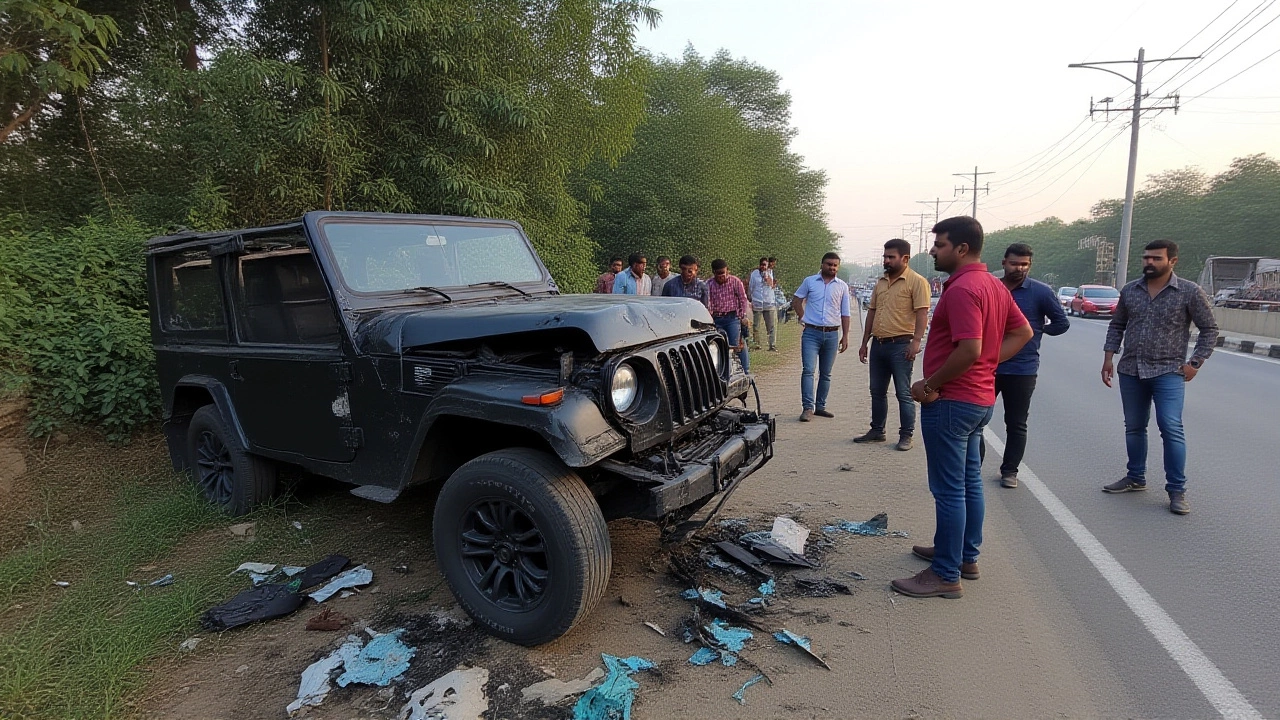Delhi-Gurgaon Expressway – News, Updates & Insights
When you talk about Delhi-Gurgaon Expressway, a six‑lane, access‑controlled highway that links New Delhi with Gurugram. Also known as NH‑48 Expressway, it shrinks the commute to under 30 minutes. The route is part of National Highway 48, India’s principal north‑south arterial road and is punctuated by several toll plazas, which fund ongoing maintenance and upgrades. This corridor also serves as a backbone for logistics parks, strategic hubs for cargo movement across the region.
Why the Expressway Matters
The Delhi-Gurgaon Expressway is more than just a road; it’s a catalyst for economic activity. By cutting travel time, it fuels daily commuter traffic, shifting patterns from rail to road for many professionals. Faster movement means businesses can ship goods quicker, boosting the logistics corridor, a critical link for supply‑chain efficiency. The expressway’s design includes smart traffic management, sensor‑based systems that adjust speeds and lane usage in real time, improving safety and reducing congestion during peak hours.
Funding for these improvements comes largely from the toll plazas mentioned earlier. Each vehicle contributes to a pool that finances road resurfacing, emergency lanes, and the integration of electric vehicle charging stations, encouraging greener travel options along the stretch. This revenue model also supports the upkeep of service areas, rest stops that provide food, fuel and Wi‑Fi for weary drivers, making long trips less stressful.
Alongside transportation benefits, the expressway has sparked a surge in real‑estate development, with high‑rise office towers and residential complexes popping up near interchanges. Developers capitalize on the easy access to the city center, leading to new commercial zones, shopping malls and tech parks that attract both local and multinational firms. This growth feeds back into traffic volumes, creating a virtuous cycle where better connectivity fuels more investment.
Environmental impact is a growing concern, so planners have added green corridors, buffer zones planted with native trees to absorb emissions alongside the highway. Additionally, the corridor is being linked with the upcoming Metro extensions, providing a multimodal alternative for commuters. These measures aim to balance rapid urbanization with sustainable mobility, ensuring the expressway remains a forward‑looking asset.
Below you’ll find a curated list of articles, reports and opinion pieces that dive deeper into each of these topics—from toll‑revenue models and smart‑traffic tech to the latest real‑estate projects sprouting along the route. Explore the collection to see how the Delhi‑Gurgaon Expressway is shaping travel, business and the urban landscape of the National Capital Region.
Five Dead, One Critical in Gurgaon Thar Crash After Hitting Divider at 100 km/h
A high‑speed crash on the Delhi‑Gurgaon Expressway near Jharsa flyover killed five young adults and left driver Kapil Sharma critically injured, sparking calls for stricter road safety measures.
